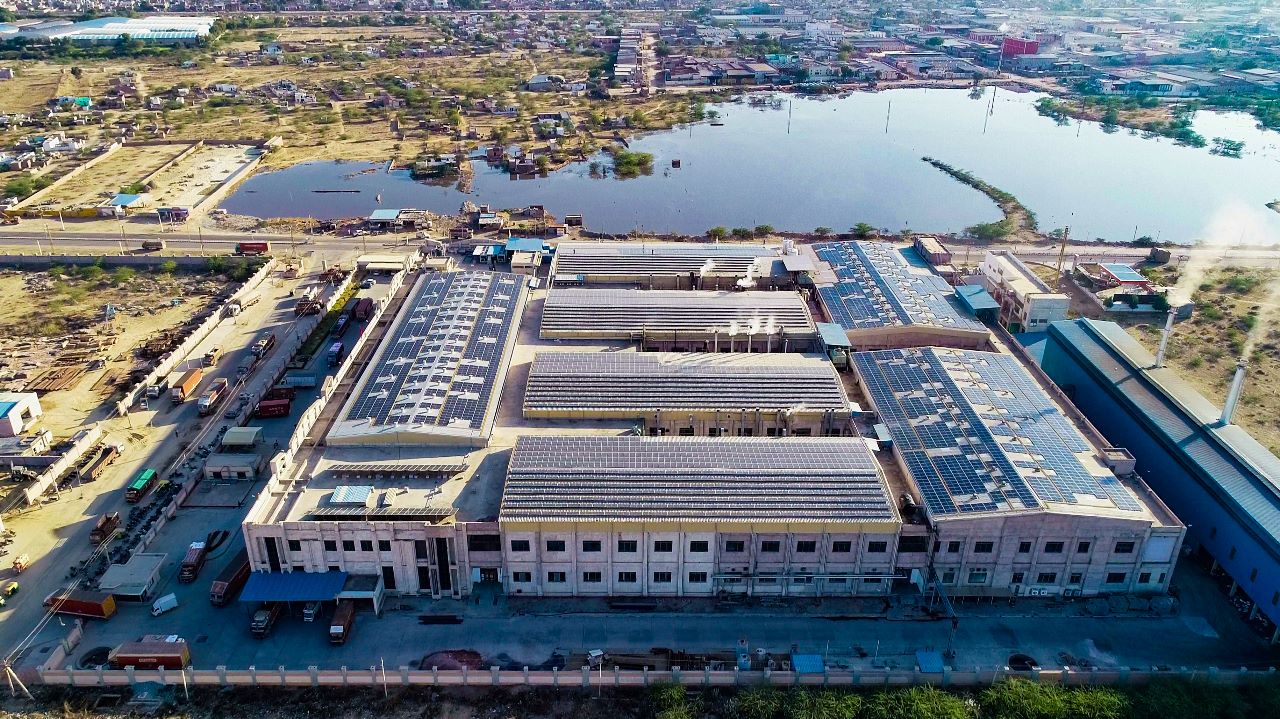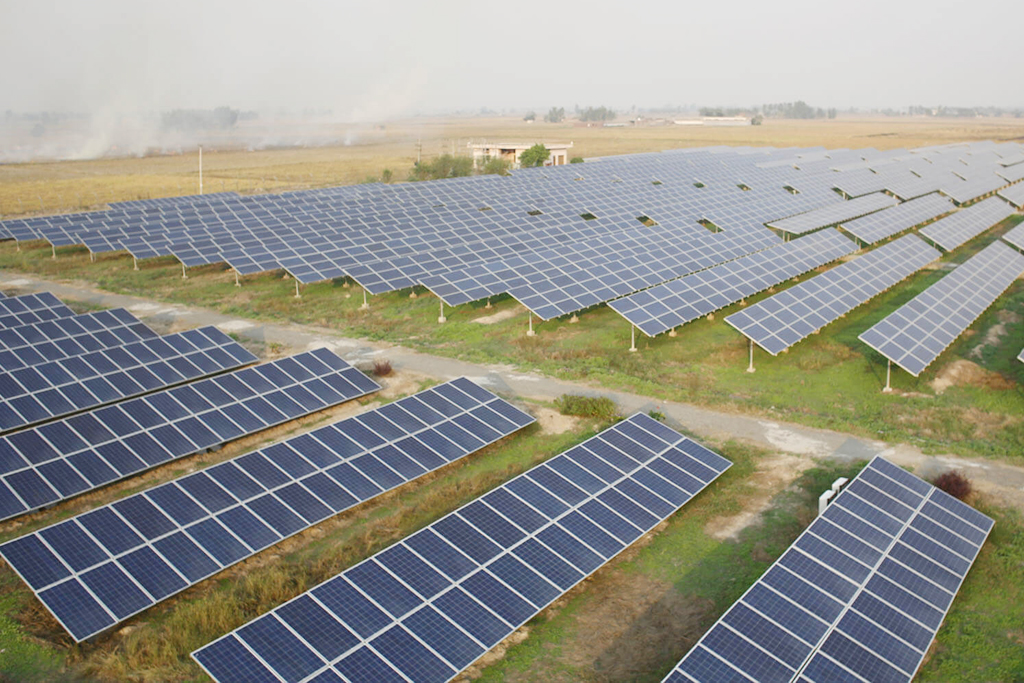Meeting the ever-growing demand for energy to fuel the requirements of a burgeoning economy poses a major challenge for Indian policymakers. Given the considerable economic and environmental cost of producing every unit of electricity, energy-efficient buildings with sustainable practices have emerged as the focus of attention.The effort will be really worth it when you come to think that buildings account for the highest electricity consumption worldwide, estimated to be 40 per centby the International Energy Agency.
As we embark on rapid urbanisation, the unprecedented upsurge in the number of new constructions will be accompanied by a manifold increase in demand for electricity.The impending situation calls for designing and developing buildings of the future by incorporating energy-efficient features and sustainable practices. The construction cost of energy-efficient buildings may be higher, but they turn out to be cheaper in the long run as they consume less than half the energy in comparison to conventional buildings.A study conducted by TERI to investigate the financial feasibility of green building investments by evaluating the economic impact of incorporating energy-efficiency strategies in commercial buildings revealed that the incremental capital investment for a green building is recovered with paybacks of one to three years.
Besides a zero energy/passive solar building design and low-energy building materials, green buildings typically involve components like energy-efficient equipment and integration of renewable energy technologies for various applications.While low-energy buildings require little energy for space heating/cooling, efficient power supply depends on a robust transmission infrastructure, which is characterised by smart grid applications like Supervisory Control and Data Acquisition (SCADA). A smart grid entails a variety of operational and energy efficiency measures like smart meters and smart appliances.
Whereas conventional buildings rely on multiple systems for lighting, heating and other functions with each one operating independently of the other, as if in silos,green buildings promise to improve energy efficiency by connecting these systems, thus leading to an appreciable reduction in operating costs.An energy-efficient building balances all aspects of energy use in a building like lighting, space-conditioning and ventilation by providing an optimised mix of passive solar design strategies, energy- efficient equipment and renewable sources of energy.
While state-of-the-art engineering and architectural techniquesnot only add to the strength and stability of the structures but also reduce maintenance charges,optimisation of space design, characterised by features like large window openings for natural lighting and cross-ventilation, enhances the flow of energy. The linear design, for instance, significantly brings down the construction and maintenance cost by aligning the water supply pipes, sewerage lines, electrical conduits and HVAC ducts in a straight line with a single duct system put to multiple uses.The buildings are designed and aligned in such a way that the sunrays do not fall perpendicularly on top of the building, thus reducing the heating up of the structures and cutting down on the use of air-conditioners.
Spelling out the minimum requirements and guidelines for energy-efficient buildings, the Bureau of Energy Efficiency had introduced the Energy Conservation Building Code (ECBC) for new commercial buildings in May 2007. While the target for the 12th plan is to make 75 per cent of all new commercial buildings ECBC-compliant, it is up to state governments and local bodies to enforce the code after modifying it as per their requirements.Only seven states and one union territory have notified and adopted ECBC, whereas the remaining are still in various stages of implementing it.
Though India aims to reduce the emissions intensity of its GDP by 33–35 per cent by 2030 from the 2005 levels, it is easier said than done. We have a long way to go as the stock of energy-efficient buildings in India comprises just 1 per cent of the total building stock. It is projected that by 2050, India will see an unprecedented 400% escalation in floor area. But energy efficiency in the residential segment has not been a priority so far. We cannot achieve a significant scale unless we standardiseefficiency measures for residential buildings,which make up for 75% of India's construction market. Let's put things on a fast track by overcoming the financial barriers hindering the adoptionof energy efficiency measures for buildings through relaxations in duty, incentives, tax benefits and attractive financing schemes.
.jpg)

